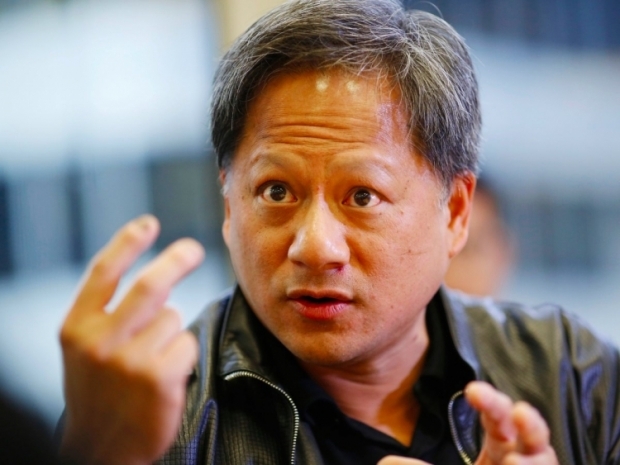After receiving much mocking, it turns out that we were right.
Nvidia's CEO Jensen Huang sent out an email to staff saying that everything is going to deep learning and that Nvidia was no longer a graphics company. By Monday morning, we were an AI company.
Greg Estes, the vice president of Nvidia's corporate marketing, told the New Yorker that the company was in the middle of some internal restructuring.
He pointed out that this was not the first time Nvidia's CEO has bet the farm on new business ventures.
According to the article, the unofficial corporate motto of Nvidia is "Our company is 30 days from going out of business," which refers to the big gambles it has made on everything from coining the term "GPU" to its revolutionary CUDA product stack.
The email where Huang declared Nvidia an AI company came after the development of AlexNet. Alex Krizhevsky and his research partner, Ilya Sutskever, were among the first to use Nvidia graphics cards to train an AI model called AlexNet. Google quickly snatched up Krizhevsky, and Sutskever is currently the chief scientist of OpenAI, the company behind ChatGPT.
In an interview for the story, Sutkever said, "GPUs showed up and it felt like a miracle."
Nvidia bet on CUDA in 2006, and although it has seen a rise in popularity since it hit a fever pitch with the development of ChatGPT.
Thousands of Nvidia GPUs were behind the model that built ChatGPT, and almost overnight, Nvidia had thousands of new customers looking to capitalize on the AI revolution. It has made Nvidia one of the most valuable tech companies in the world, sitting only slightly behind Amazon and Alphabet.
All this has made Nvidia less interested in being a graphics company than it once was, with the RTX 4060 Ti having a high price and a low-performance gain over past models.
Nvidia's AI investment has helped PC gamers. Its DLSS 3.5 tech, which applies AI to frame generation, upscaling, and ray tracing, has boosted visual quality and performance in games like Cyberpunk 2077. Nvidia's AI-based ACE tool is said to drive characters in games, generating new lines of dialogue, facial animations, and audio – although that has not been seen yet.
However, this does leave room for AMD and Intel.

